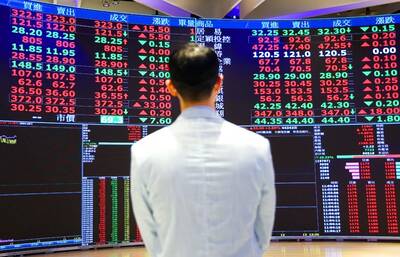Sales of US new homes recovered last month after slumping in the previous two months. Yet Americans are still buying new homes at a slower pace than they did a year ago.
The US Department of Commerce said on Friday that sales of new homes rose 6.4 percent last month to a seasonally adjusted annual rate of 433,000. That compares with an upwardly revised annual pace of 407,000 in March, when purchases fell 6.9 percent. Buying had dropped 4.4 percent in February, in part because of winter snowstorms.
Demand for newly built homes remains one of the missing pieces of the nearly five-year-old recovery from the Great Recession. A lack of affordability has limited buying around the country. Sales of new homes are running at about half the rate of a healthy real-estate market.
Warmer weather has yet to heat up the housing market after a harsh winter slowed sales in January and February. Higher prices and mortgage rates over the past year have sidelined many would-be buyers.
Sales last month surged in the US’ midwest and edged up in the south. Homebuying was flat in the west and fell in the northeast.
BNP Paribas economist Yelena Shulyatyeva said that the 47.4 percent increase in midwest sales likely came from the start of the spring buying season and that similar levels of growth are “not likely to continue.”
“The broader trend remains one of weak underlying demand,” Shulyatyeva said in a client note.
New-home sales have declined 4.2 percent over the past 12 months.
The median sales price, which can be volatile, fell a slight 2.1 percent during the past month to US$275,800.
Buying has been slow across much of the country after climbing in the first half of last year. Last year’s gains and a limited supply of homes pushed up prices to levels that strained household budgets for potential buyers.
Sales of existing homes last month rose 1.3 percent from March to a seasonally adjusted annual rate of 4.65 million, the US National Association of Realtors said on Thursday. Purchases of homes over the past 12 months have dropped 6.8 percent. In a healthy housing market, about 5.5 million existing homes are purchased each year.
The median price for an existing home has risen 5.2 percent to US$201,700.
Home sales growth over the past year has occurred primarily among homes worth more than US$750,000. Buying fell during the same period for homes worth less than US$250,000, which make up the majority of all purchases.
Much of the increase in construction has been in the apartment sector, a sign that builders expect fewer buyers and more renters. After the housing bust and Great Recession, Americans have been coping with flat wages and job insecurity, making it hard to save for a down payment.
The home ownership rate was 64.8 percent at the start of the year, down from a peak of 69.2 percent during 2004.

A proposed 100 percent tariff on chip imports announced by US President Donald Trump could shift more of Taiwan’s semiconductor production overseas, a Taiwan Institute of Economic Research (TIER) researcher said yesterday. Trump’s tariff policy will accelerate the global semiconductor industry’s pace to establish roots in the US, leading to higher supply chain costs and ultimately raising prices of consumer electronics and creating uncertainty for future market demand, Arisa Liu (劉佩真) at the institute’s Taiwan Industry Economics Database said in a telephone interview. Trump’s move signals his intention to "restore the glory of the US semiconductor industry," Liu noted, saying that

On Ireland’s blustery western seaboard, researchers are gleefully flying giant kites — not for fun, but in the hope of generating renewable electricity and sparking a “revolution” in wind energy. “We use a kite to capture the wind and a generator at the bottom of it that captures the power,” said Padraic Doherty of Kitepower, the Dutch firm behind the venture. At its test site in operation since September 2023 near the small town of Bangor Erris, the team transports the vast 60-square-meter kite from a hangar across the lunar-like bogland to a generator. The kite is then attached by a

Foxconn Technology Co (鴻準精密), a metal casing supplier owned by Hon Hai Precision Industry Co (鴻海精密), yesterday announced plans to invest US$1 billion in the US over the next decade as part of its business transformation strategy. The Apple Inc supplier said in a statement that its board approved the investment on Thursday, as part of a transformation strategy focused on precision mold development, smart manufacturing, robotics and advanced automation. The strategy would have a strong emphasis on artificial intelligence (AI), the company added. The company said it aims to build a flexible, intelligent production ecosystem to boost competitiveness and sustainability. Foxconn

STILL UNCLEAR: Several aspects of the policy still need to be clarified, such as whether the exemptions would expand to related products, PwC Taiwan warned The TAIEX surged yesterday, led by gains in Taiwan Semiconductor Manufacturing Co (TSMC, 台積電), after US President Donald Trump announced a sweeping 100 percent tariff on imported semiconductors — while exempting companies operating or building plants in the US, which includes TSMC. The benchmark index jumped 556.41 points, or 2.37 percent, to close at 24,003.77, breaching the 24,000-point level and hitting its highest close this year, Taiwan Stock Exchange (TWSE) data showed. TSMC rose NT$55, or 4.89 percent, to close at a record NT$1,180, as the company is already investing heavily in a multibillion-dollar plant in Arizona that led investors to assume